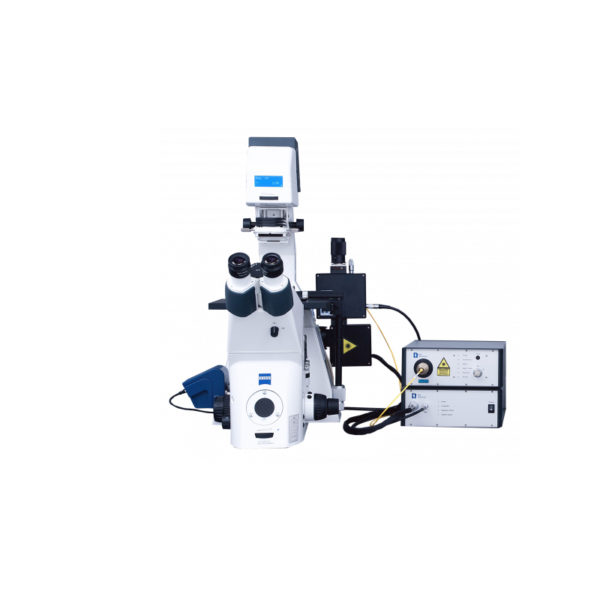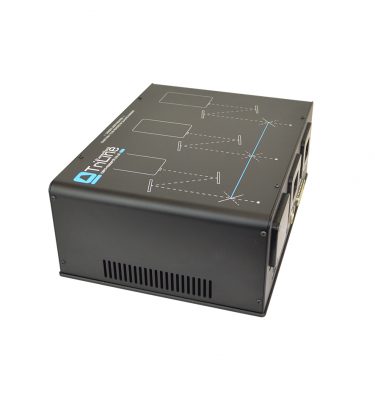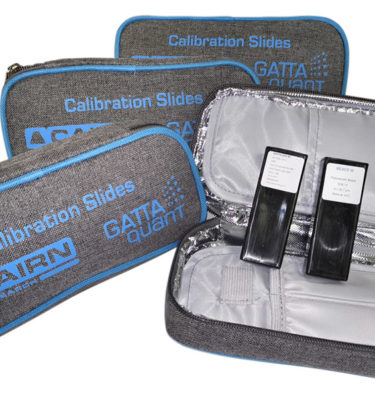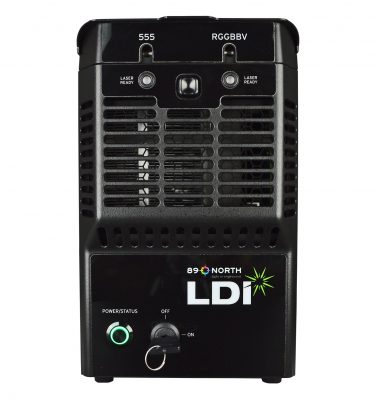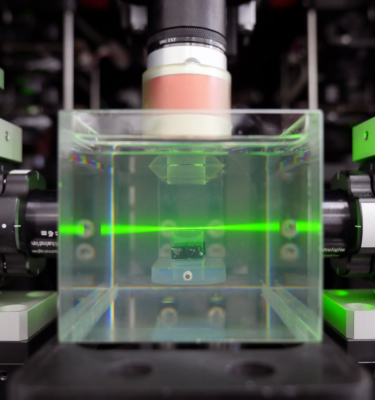Product Description
Scanner-based systems for localised photomanipulation
The UGA-42 series comprises a variety of scanning devices for photomanipulation in microscopy and macroscopy applications. All devices allow the positioning of a laser beam virtually anywhere in the field of view of the camera for sequential illumination of points and/ or scanning of regions of interest (ROIs).
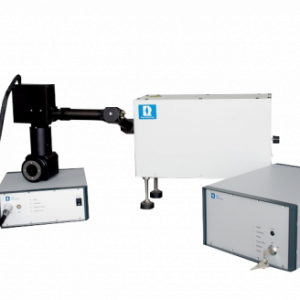
UGA-42 CALIBURN
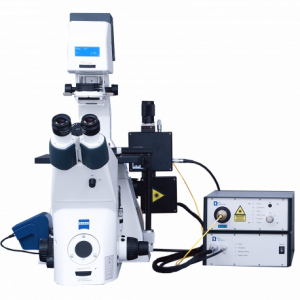
UGA-42 GEO
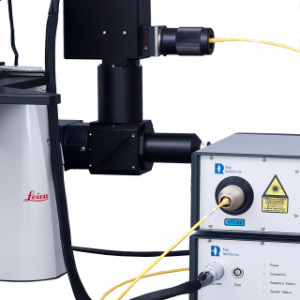
UGA-42 FIREFLY
UGA-42 Firefly
Small spot with high power density for general photomanipulation applications
The UGA-42 Firefly is a point scanning device for photomanipulation, suitable, in particular, for
applications which require high power density and/or small spots. It can be equipped with one or
more laser sources coupled via optical fibers or directly, via optics, depending on the type and
power of the laser. The spot size depends on the configuration of the system (e.g. microscope
model, objective magnification & NA, type of laser connection). Spots close to the diffraction limit
can be achieved using single mode fibers or directly coupled lasers. Up to four lasers can be used
independently within the same experiment
UGA-42 Geo
Variety of preset spot shapes and sizes for illumination of larger areas without scanning
Scanning ROIs with a small spot is associated with a temporal delay of illumination within the
corresponding region. For fast processes, like neuronal signaling or free diffusion, scanning can lead
to undesired artefacts and loss of signal. To overcome this limitation, in applications where
simultaneous illumination throughout an area is crucial, Rapp OptoElectronic has developed the
UGA-42 Geo, a unique scanning device in which the laser beam is reshaped to produce spots of
different sizes and shapes which are illuminated without scanning.
UGA-42 Caliburn
Small spot size lasers for ablation, microdissection and DNA-damage
The UGA-42 Caliburn is designed to produce localized, controlled damage in biological samples.
Similar to the UGA-42 Firefly, the UGA-42 Caliburn produces small laser spots in the microscope
field of view, but, instead of fiber optically coupled CW lasers, it is equipped with directly coupled
pulsed lasers. Different nanosecond pulse lasers at 355 nm and 266 nm are available, depending on
experimental need.
The UGA-42 Caliburn features motorized laser focus and laser power attenuator.

